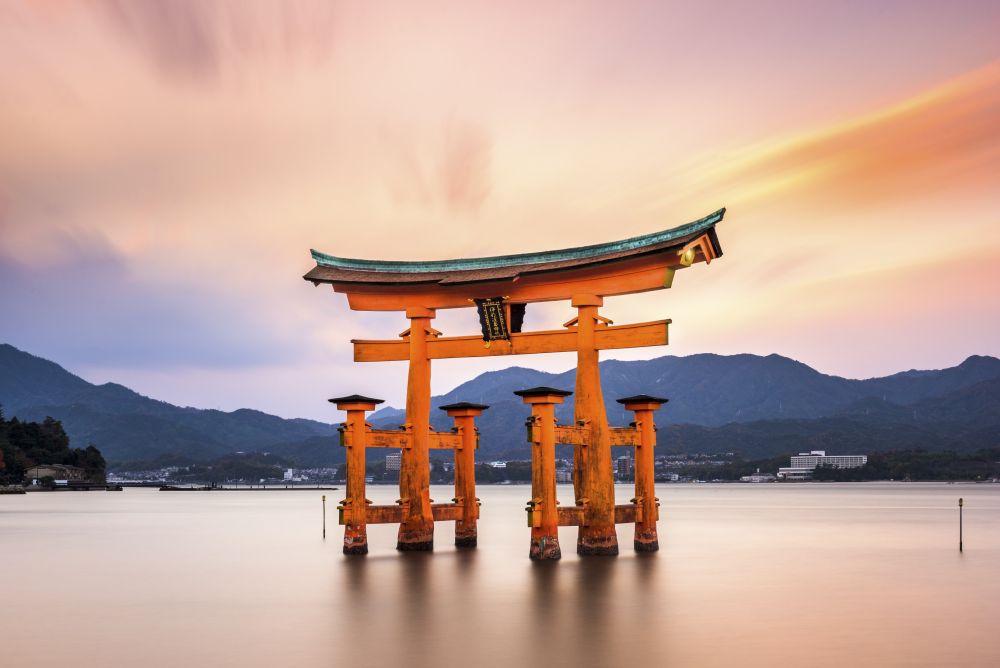

The Itsukushima Shrine, situated on the picturesque island of Miyajima in Hiroshima Bay, has captivated visitors for centuries with its serene beauty and cultural significance. This magnificent shrine and its iconic "floating" torii gate are often considered among the crown jewels of Japan's scenic destinations, a testament to the nation's deep-rooted reverence for nature and spirituality.
Established in the 6th century and later reimagined by Taira no Kiyomori in the 12th century, Itsukushima Shrine has a storied history that draws visitors from around the globe. This Shinto shrine was designated as an object of worship from afar, initially meant for the aristocracy, but its splendor soon attracted broader attention. The mesmerizing experience of the shrine seemingly floating at high tide has rendered it a potent symbol of Japan, earning it a place on UNESCO's World Heritage List in 1996.
Anchored by its rich past, the shrine has witnessed countless festivals and rituals, most notably the annual Itsukushima Shrine Reitaisai. This vibrant festival features ritual dances and music that have been passed down for generations, further cementing the island's status as a cultural treasure trove.
In recent years, the approach to tourism at Itsukushima Shrine has evolved to meet the discerning tastes of modern travelers. While the shrine still preserves and respects the sanctity of its history, it also adapts to contemporary tourism trends. Eco-tourism has gained traction, with initiatives focused on preserving the natural landscape of Miyajima Island and promoting sustainable travel practices among visitors.
Technology also plays a pivotal role in enhancing the tourist experience at the shrine. Virtual tours and augmented reality apps enable those unable to make the journey to witness the majesty of the floating torii gate and the intricate architecture of the shrine complex.
Another noteworthy trend is the diversification of visitor experiences. Besides the spiritual and historical exploration, tourists can now enjoy various leisure activities such as kayaking around the torii gate during high tide or hiking up Mount Misen for breathtaking panoramic views.
As travel norms continue to shift, Itsukishima Shrine remains at the forefront of Japan's tourism offerings. Efforts to preserve both the natural environment and the shrine's architectural integrity are key to ensuring a sustainable future for this treasured landmark. With the support of both local authorities and international bodies, the shrine is poised to captivate the hearts and imaginations of future generations of travelers, sustaining its legacy as a pinnacle of cultural and spiritual discovery.
The enduring charm of Itsukushima Shrine, bolstered by its historical prestige and embraced by innovations in tourism, ensures that this sacred site will continue to be a beacon for those seeking solace, beauty, and a connection to the past.